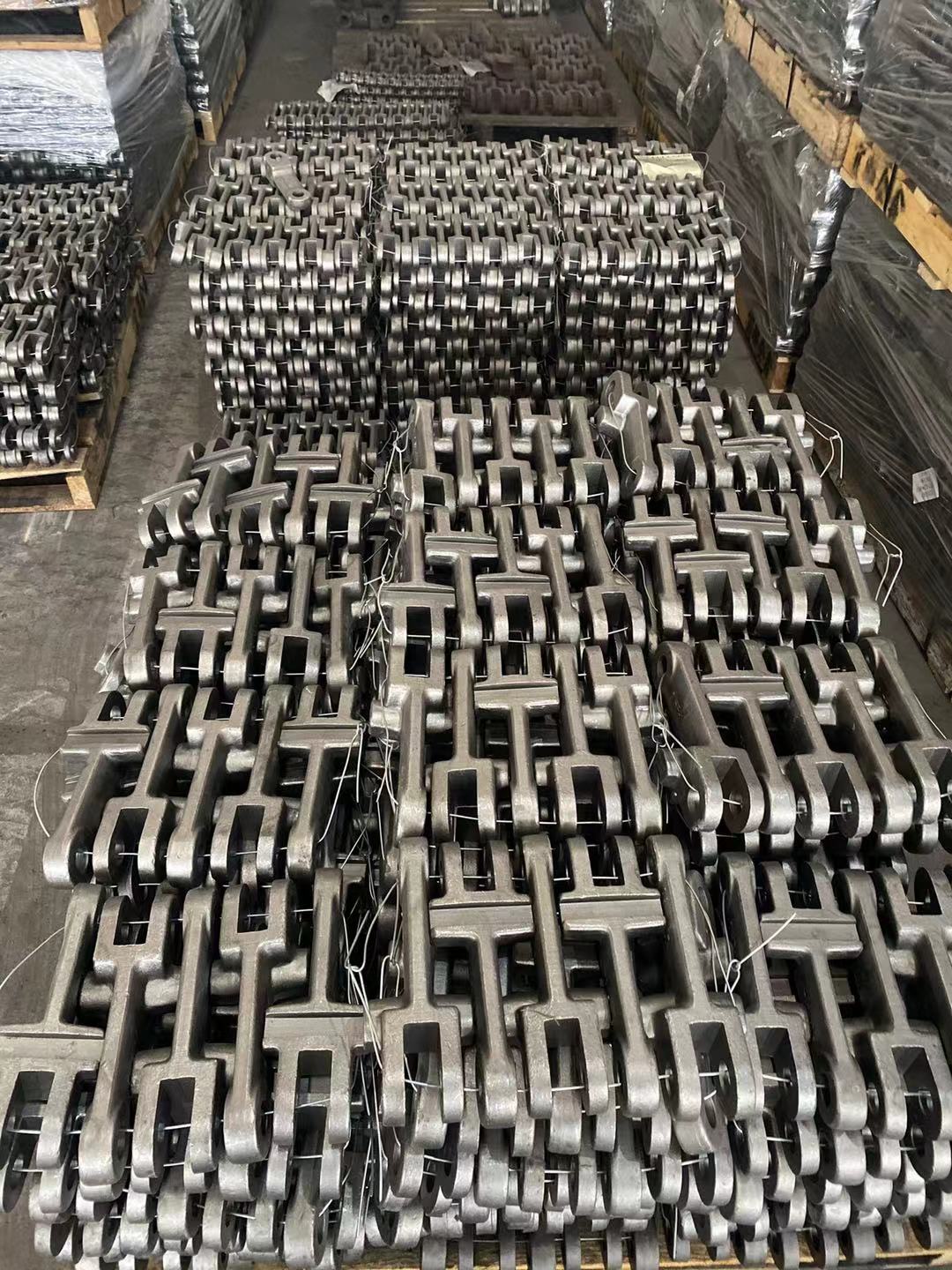Forging material
2023-04-21
Forging materials are mainly carbon steel and alloy steel of various components, followed by aluminum, magnesium, copper, titanium and their alloys. Materials in their original state are bars, ingots, metal powder and liquid metal. The ratio of the cross-sectional area of the metal before deformation to the cross-sectional area after deformation is called the forging ratio. Proper selection of forging ratio, reasonable heating temperature and holding time, reasonable initial forging temperature and final forging temperature, reasonable deformation amount and deformation speed have great influence on improving product quality and reducing cost.
Generally, small and medium-sized forgings use round or square bar material as blank. The grain structure and mechanical properties of the bar are uniform and good, the shape and size are accurate, and the surface quality is good, which is convenient for mass production. As long as the heating temperature and deformation conditions are controlled reasonably, the forging with good performance can be produced without large forging deformation. Ingot is only used for large forgings. Ingot is a cast structure with a large columnar crystal and loose center. Therefore, the columnar crystal must be broken into fine grains through large plastic deformation, and loose compaction, in order to obtain excellent metal structure and mechanical properties.
Powder forging can be made by pressing and firing the preform of powder metallurgy in hot state by die forging without flying edge. The forging powder is close to the density of common die forging parts, has good mechanical properties, and high precision, can reduce the subsequent cutting. Powder forgings have uniform internal structure and no segregation, which can be used to manufacture small gear and other workpieces. But the price of powder is much higher than that of general bar, and its application in production is limited. By applying static pressure to the liquid metal poured into the die bore, it solidifies, crystallizes, flows, deforms and forms under the action of pressure, the die forging parts of desired shape and performance can be obtained. Liquid metal die forging is a forming method between die casting and die forging. It is especially suitable for complex thin wall parts which are difficult to be formed by common die forging.
In addition to the usual materials for forging, such as carbon steel and alloy steel of various components, followed by aluminum, magnesium, copper, titanium and other alloys, the deformation alloy of iron superalloy, nickel superalloy and cobalt superalloy is also completed by forging or rolling. However, because of the relatively narrow plastic zone of these alloys, the forging difficulty will be relatively large. The heating temperature of different materials, open forging temperature and final forging temperature have strict requirements.
Process flow
Different forging methods have different processes, among which hot die forging process is the longest, the general sequence is: forging blank blanking; Forging blank heating; Roll forging preparation blank; Die forging forming; Cutting edge; Punching; Correct; Intermediate inspection, inspection forgings size and surface defects; Heat treatment of forgings to eliminate forging stress and improve metal cutting performance; Cleaning, mainly to remove the surface oxide skin; Correct; Check, general forgings to go through the appearance and hardness inspection, important forgings after chemical composition analysis, mechanical properties, residual stress and other tests and non-destructive testing.
Forging feature
Compared with castings, the structure and mechanical properties of metal after forging can be improved. Due to metal deformation and recrystallization, the original coarse dendrites and columnar grains are transformed into equiaxed recrystallized grains with finer grains and uniform sizes. The original segregation, porosity, porosity and slag inclusion in the ingot are compacted and welded, and the structure becomes tighter, which improves the plastic and mechanical properties of the metal. The mechanical properties of castings are lower than those of forgings of the same material. In addition, forging processing can ensure the continuity of the metal fiber tissue, so that the fiber tissue of the forging and the shape of the forging remain consistent, the metal flow line is complete, can ensure that the parts have good mechanical properties and long service life using precision forging, cold extrusion, warm extrusion and other processes produced forgings, are incomparable to the casting of the forging is the metal is applied pressure, An object shaped by plastic deformation to a desired shape or suitable compression force. This force is typically achieved through the use of a hammer or pressure. The casting process builds a fine granular structure and improves the physical properties of the metal. In the real use of parts, a correct design can make the particle flow in the direction of the main pressure. Castings are metal forming objects obtained by various casting methods, that is, the smelted liquid metal is injected into the pre-prepared casting mold by pouring, pressing, suction or other casting methods, and after cooling through sand dropping, cleaning and post-processing, the objects with a certain shape, size and performance are obtained.
this is precision forgings produced by tongxin forging company




